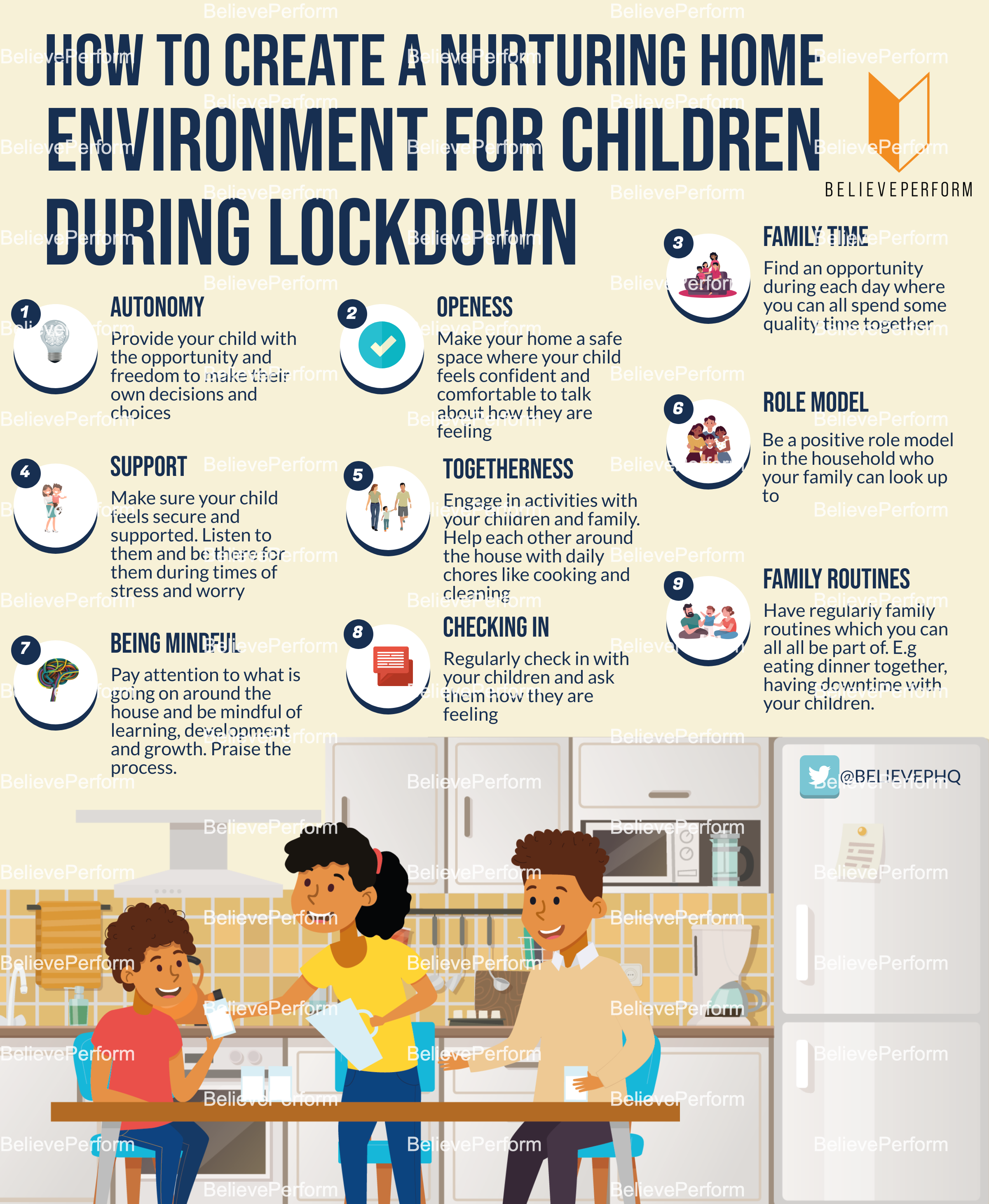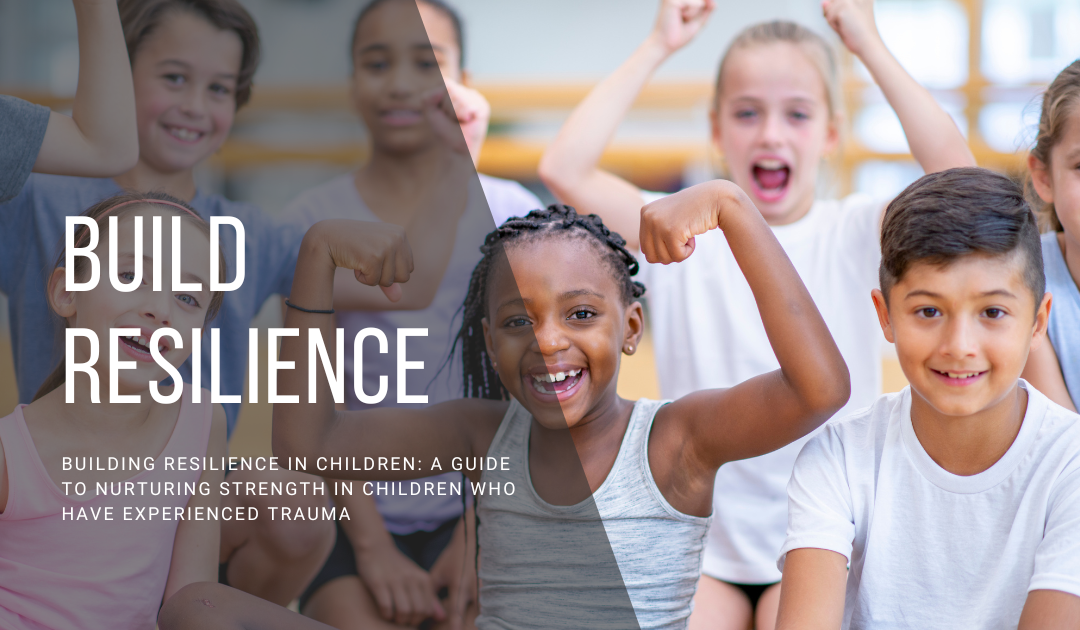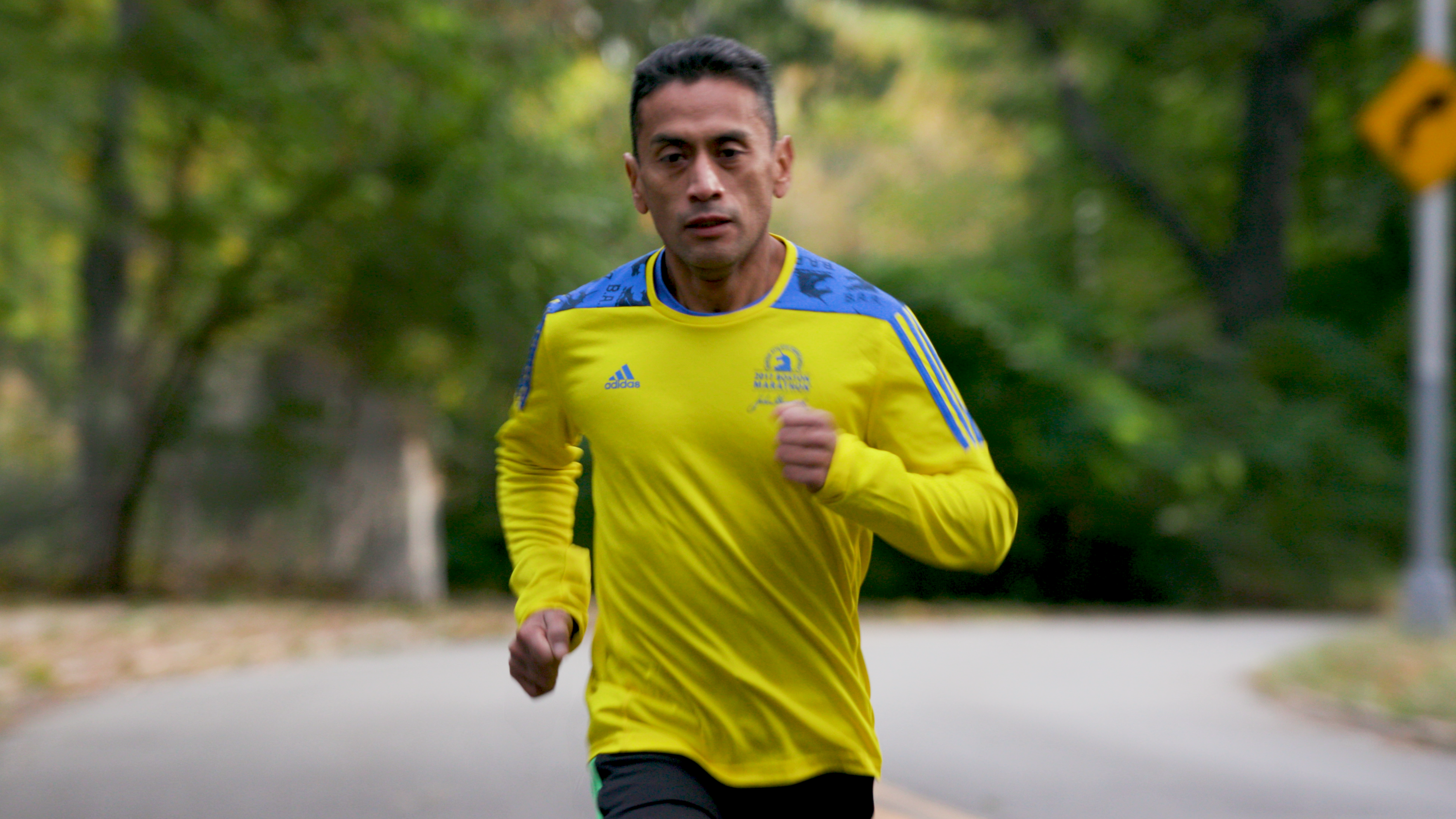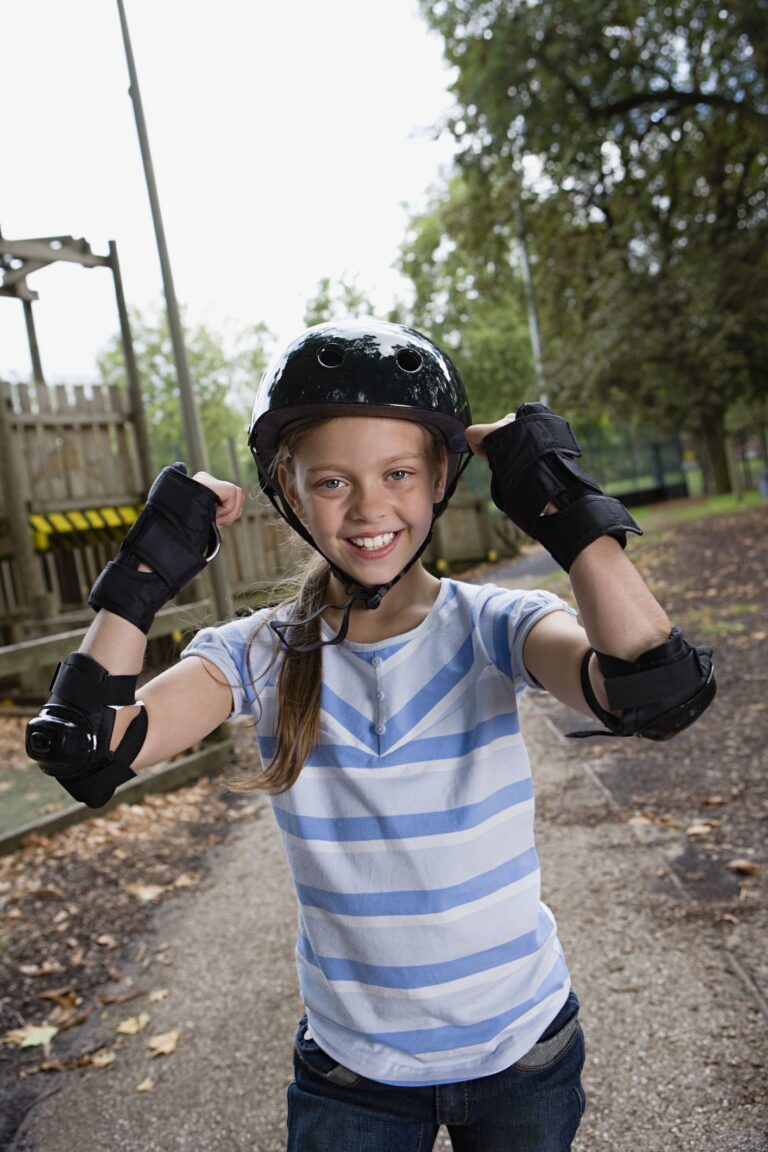How to Build a Secure & Nurturing Sports Space for Kids?
( If you purchase through our sponsored links, we may receive a small commission at no extra cost to you )
Creating a safe and supportive sports environment for kids involves conducting thorough background checks, ensuring qualified coaching staff, implementing appropriate safety measures, and promoting positive communication with parents and players. By prioritizing these factors, children can engage in sports activities that promote their physical, emotional, and social well-being.
In today’s fast-paced and technology-driven world, it is increasingly important to provide children with opportunities to engage in physical activities. Sports play a vital role in promoting a healthy lifestyle, building character, and developing essential life skills. However, it is equally crucial to create a safe and supportive environment for young athletes to thrive and enjoy their sports experiences.
This article explores key strategies and practices that can be employed to establish a safe and supportive sports environment for children. By following these guidelines, parents, coaches, and sports organizations can ensure that kids can fully benefit from their participation in sports activities.
Creating A Safe Environment
Discover practical strategies for creating a safe and supportive sports environment for kids. Foster an atmosphere that emphasizes teamwork, communication, and respect, ensuring young athletes can thrive and develop both physically and mentally.
Creating a Safe Environment: Choosing the Right Location When it comes to creating a safe and supportive sports environment for kids, choosing the right location is of utmost importance. The location you choose can significantly impact the overall safety and enjoyment of the sport for the participants. Here are a few key factors to consider when selecting the perfect sports location: 1. Proximity to Residential Areas: Look for a location that is conveniently accessible to the children and their families. This will not only make it easier for them to participate in the sport but also ensure their safety during transportation. 2. Facilities and Amenities: Ensure that the location has the necessary facilities and amenities to accommodate the specific sport. This may include appropriate playing fields, equipment, seating areas, and restroom facilities. Assessing the condition and cleanliness of these amenities is vital for maintaining a safe environment. 3. Adequate Space: Make sure that the location provides ample space for the sport to be played safely. This includes considering factors such as the size of the playing area, the presence of any obstacles or hazards, and the availability of emergency exits. Implementing Safety Measures Implementing safety measures is crucial in creating a safe sports environment for kids. Taking proactive steps to minimize potential risks and hazards can greatly reduce the likelihood of accidents or injuries. Here are a few safety measures that should be in place: 1. Protective Gear: Ensure that all participants have access to and are encouraged to wear appropriate protective gear relevant to the sport they are participating in. This may include helmets, shin guards, mouthguards, and padding. 2. Regular Inspections: Conduct regular inspections of the location, equipment, and playing surfaces to identify any potential hazards or issues that need attention. Promptly addressing these concerns will help maintain a safe environment. 3. Emergency Action Plan: Establish a clear and well-communicated emergency action plan that outlines how to handle emergencies such as injuries, severe weather conditions, or other unforeseen circumstances. This plan should include contact information for emergency services and the procedure for notifying parents or guardians. Providing Adequate Supervision Ensuring adequate supervision is essential for the safety and well-being of young athletes. The presence of responsible and trained adults helps to prevent and manage any potential risks. Consider the following guidelines when providing supervision: 1. Age-Appropriate Supervision: Supervision should be tailored to the age and skill level of the participants. Younger children may require closer and more direct supervision compared to older children who have more experience. 2. Qualified Coaches and Staff: Ensure that the coaches and staff responsible for supervising the sports activities are qualified and knowledgeable in the sport and safety protocols. They should have the necessary training and certifications required to create a safe environment. 3. Clear Communication Channels: Establish clear and open lines of communication between the supervising adults, parents, and participants. This ensures that any concerns or issues can be addressed promptly and effectively. By selecting the right location, implementing safety measures, and providing adequate supervision, you can create a safe and supportive sports environment for kids. These efforts not only protect young athletes from potential harm but also promote their enjoyment and development within the sport.
Credit: members.believeperform.com
Promoting Positive Interactions
Creating a safe and supportive sports environment for kids is essential in promoting positive interactions. By providing guidance, enforcing rules, and encouraging teamwork, children can learn valuable life skills while enjoying their time on the field.
Teaching Sportsmanship
Sportsmanship is a crucial aspect of creating a safe and supportive sports environment for kids. By teaching them good sportsmanship, we are helping them develop valuable life skills that extend beyond the playing field. It is important to educate young athletes about the importance of fair play, respect, and integrity in sports.
Here are some ways to promote sportsmanship:
- Lead by example: As coaches, parents, and mentors, it is essential to demonstrate good sportsmanship in our own behavior. Kids learn by observing, so displaying respectful and positive behavior sets the right tone.
- Encourage empathy: Teach kids to see the game from different perspectives, enabling them to understand the feelings and experiences of their teammates, opponents, and officials. This fosters compassion and empathy, which are important components of sportsmanship.
- Emphasize honesty: Instill in young athletes the value of honesty, whether it is owning up to a mistake or acknowledging the skills of their opponents. Honesty builds trust, respect, and fosters a supportive environment for everyone involved.
- Recognize effort: Encourage athletes to appreciate the hard work and dedication of their teammates and opponents. By acknowledging and praising effort rather than just the end result, we create an environment that values sportsmanship over winning.
- Address unsportsmanlike behavior: Promptly address any instances of poor sportsmanship, emphasizing the negative impact it has on individuals and the team as a whole. Use these situations as teachable moments to reinforce the importance of good sportsmanship.
Encouraging Collaboration
Collaboration is a vital aspect of team sports. When kids learn to work together towards a common goal, they develop essential skills such as communication, teamwork, and problem-solving. By encouraging collaboration, we foster an environment of support and unity within the team.
Here are some strategies to promote collaboration:
- Establish team goals: Define clear, achievable goals that require collective effort to accomplish. This helps kids understand the significance of collaboration and motivates them to work together towards success.
- Encourage communication: Emphasize the importance of open and effective communication among team members. Encourage active listening, constructive feedback, and problem-solving discussions. This enables kids to voice their thoughts, concerns, and ideas openly.
- Promote teamwork drills: Incorporate drills and exercises that require cooperation and coordination among team members. This allows kids to experience the benefits of collaboration firsthand and develop trust and reliance on their teammates.
- Rotate positions and roles: Regularly rotate positions and roles within the team, giving every player an opportunity to experience different positions and responsibilities. This helps in building understanding and appreciation for each other’s strengths and challenges.
- Celebrate collective achievements: Recognize and celebrate the team’s collective achievements, emphasizing that success is a result of collaborative efforts. This reinforces the importance of working together and creates a sense of camaraderie among the team.
Fostering Inclusivity
Inclusivity is crucial in creating a safe and supportive sports environment. It ensures that every child feels valued, respected, and included, regardless of their ability, gender, ethnicity, or background. Fostering inclusivity promotes acceptance, diversity, and equity within the team.
Here are some ways to foster inclusivity:
- Set clear expectations: Establish clear guidelines and expectations regarding inclusive behavior, zero tolerance for discrimination, and the importance of respecting differences. This creates a safe space where every child feels welcome and accepted.
- Provide equal opportunities: Ensure that all players have equal opportunities to participate and contribute to the team. Avoid favoritism and encourage fair rotation, allowing each child to experience various roles and positions.
- Celebrate diversity: Embrace and celebrate diversity within the team. Encourage kids to share their cultural backgrounds, traditions, and experiences. This promotes a sense of belonging and expands everyone’s perspectives.
- Create a supportive environment: Foster an environment where kids feel comfortable expressing themselves and their ideas without fear of judgment or discrimination. Encourage open dialogue and create channels for reporting any instances of exclusion or mistreatment.
- Encourage collaboration among diverse groups: Encourage interaction and collaboration among children from different backgrounds, abilities, and interests. This helps break barriers, build empathy, and create a more inclusive team dynamic.
Nurturing Skill Development
When it comes to creating a safe and supportive sports environment for kids, nurturing skill development should be a top priority. By offering diverse sports options, providing quality coaching, and emphasizing personal growth, parents and coaches can help children build their skills, boost their confidence, and enjoy the benefits of sports. Let’s explore each of these aspects in more detail.
Offering Diverse Sports Options
It is essential to offer a variety of sports options to cater to different interests and abilities. This allows children to explore their passions and find the sport that resonates with them the most. From team sports like soccer, basketball, and hockey to individual sports like tennis, swimming, and gymnastics, a diverse range of options can help children discover their strengths and develop a love for physical activity.
Providing Quality Coaching
Quality coaching plays a crucial role in nurturing skill development in young athletes. Coaches should be knowledgeable, experienced, and have the ability to create a positive learning environment. They should focus on teaching fundamental skills while also fostering teamwork, sportsmanship, and discipline. By providing constructive feedback, setting realistic goals, and encouraging continuous improvement, coaches can guide children on their path to success.
Emphasizing Personal Growth
While skill development is important, it is equally important to emphasize personal growth. Sports provide a unique opportunity for children to develop important life skills such as resilience, perseverance, and leadership. Emphasizing personal growth means prioritizing character development, promoting a growth mindset, and creating an inclusive and supportive atmosphere. When children feel valued, supported, and encouraged to take risks, they can grow both as athletes and as individuals.
In conclusion, nurturing skill development is a key aspect of creating a safe and supportive sports environment for kids. By offering diverse sports options, providing quality coaching, and emphasizing personal growth, parents and coaches can help children thrive in their athletic pursuits and build a strong foundation for lifelong physical and personal development.

Credit: www.facebook.com

Credit: reggiedford.com
Frequently Asked Questions Of How To Create A Safe And Supportive Sports Environment For Kids?
How Can We Create A Safe Sport Environment?
To create a safe sport environment, prioritize the following steps: Implement safety guidelines and protocols. Provide proper training for coaches and athletes. Maintain well-maintained facilities and equipment. Conduct regular safety checks. Encourage open communication about injuries and concerns.
What Creates A Safe Environment For Children?
A safe environment for children is created by having secure surroundings, childproofing the home, supervising children’s activities, teaching them about personal safety, and fostering open communication with parents and caregivers.
How Do You Create An Inclusive Environment In Sports?
To create an inclusive environment in sports, promote diversity, equality, and respect for all participants. Encourage representation from marginalized groups, provide accessible facilities, and implement anti-discrimination policies. Foster a supportive and accepting atmosphere where everyone feels valued, regardless of their background or ability.
What Are 10 Ways Coaches Can Make Sure They Are Providing A Safe Playing Environment?
Coaches can ensure a safe playing environment by: 1. Conducting background checks on staff and volunteers. 2. Implementing safety policies and codes of conduct. 3. Providing proper safety equipment and training for athletes. 4. Monitoring and addressing potential hazards or unsafe conditions.
5. Establishing emergency response plans. 6. Promoting open communication with athletes and parents regarding safety concerns. 7. Creating a positive and inclusive team culture that discourages bullying or harassment. 8. Ensuring proper supervision and ratios of coaches to athletes. 9.
Regularly maintaining and inspecting equipment and facilities. 10. Staying updated on best practices for athlete safety.
Conclusion
Creating a safe and supportive sports environment for kids is crucial for their physical and emotional development. By following the guidelines discussed in this blog post, such as proper supervision, clear communication, and promoting good sportsmanship, we can ensure that children not only have fun playing sports but also learn important life skills.
Let’s pave the way for a positive and nurturing sports experience for our young athletes.




